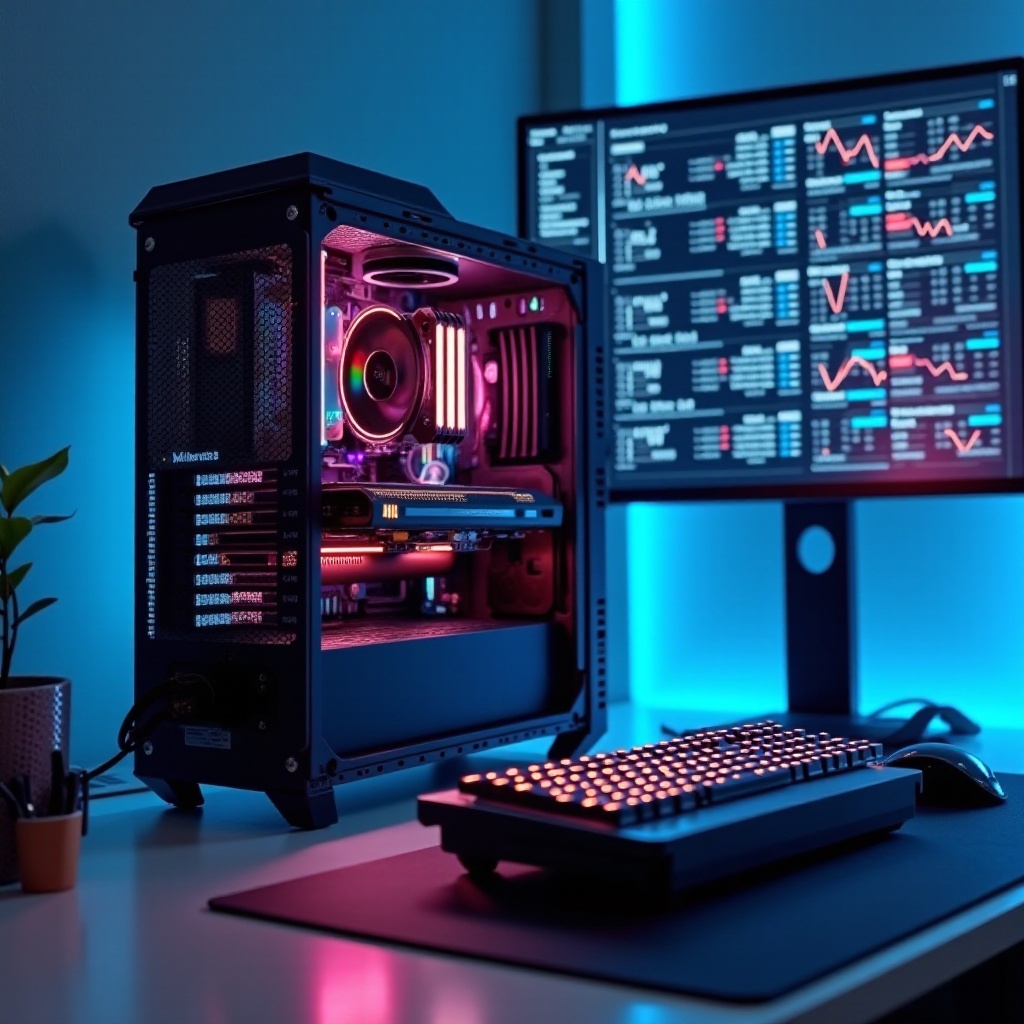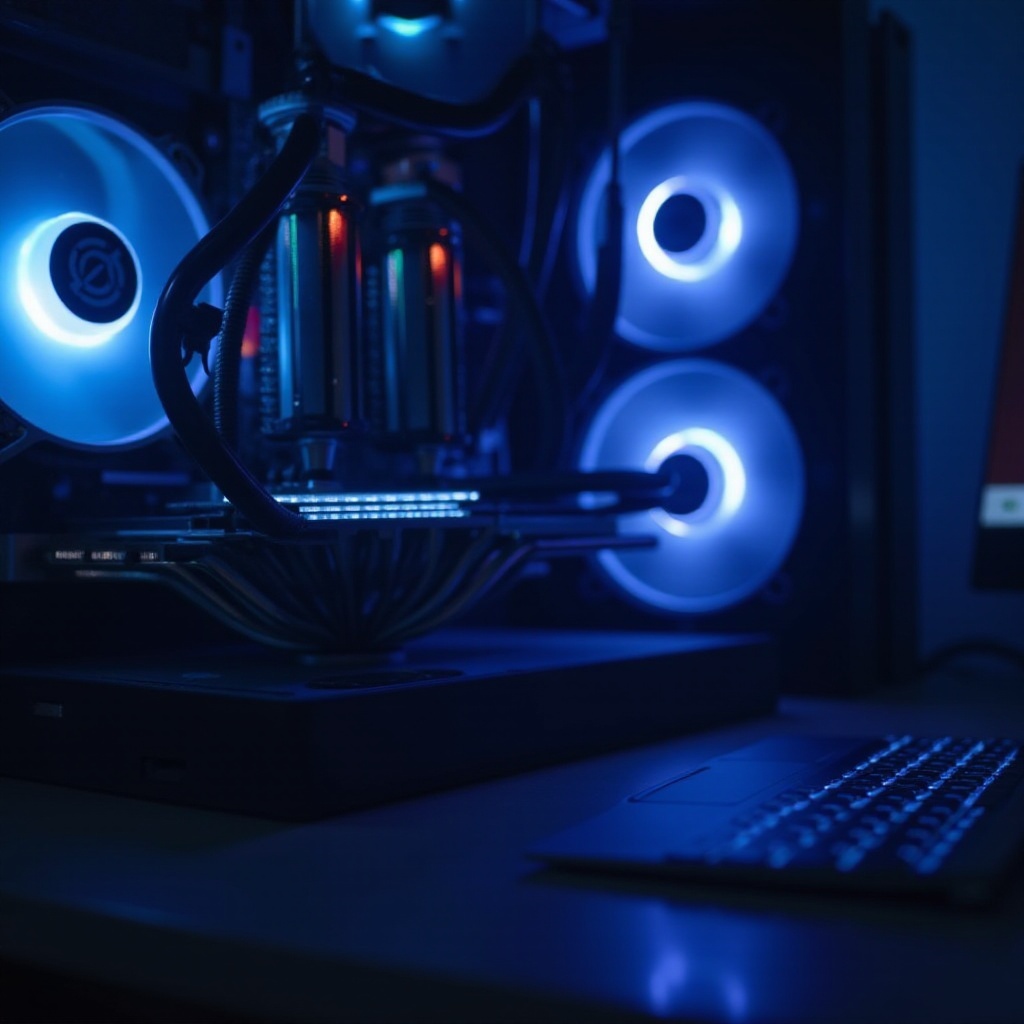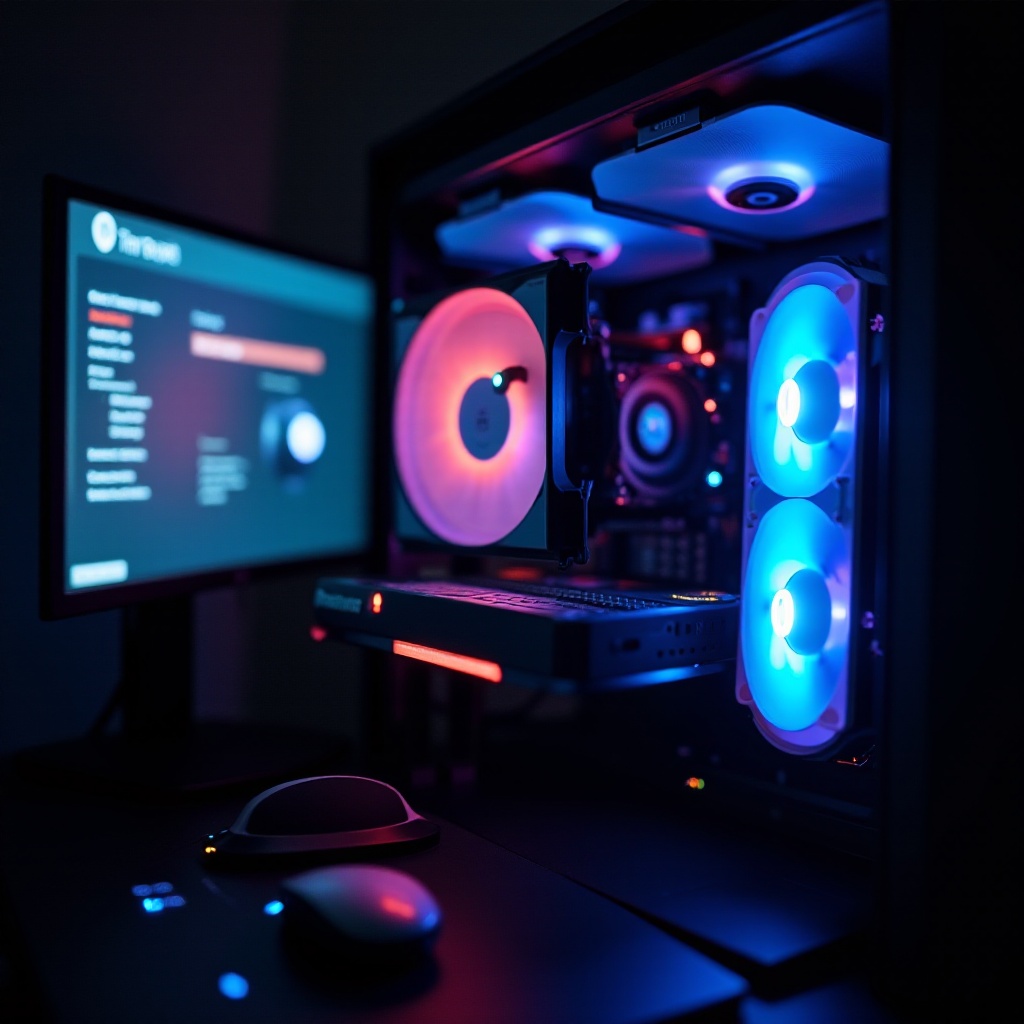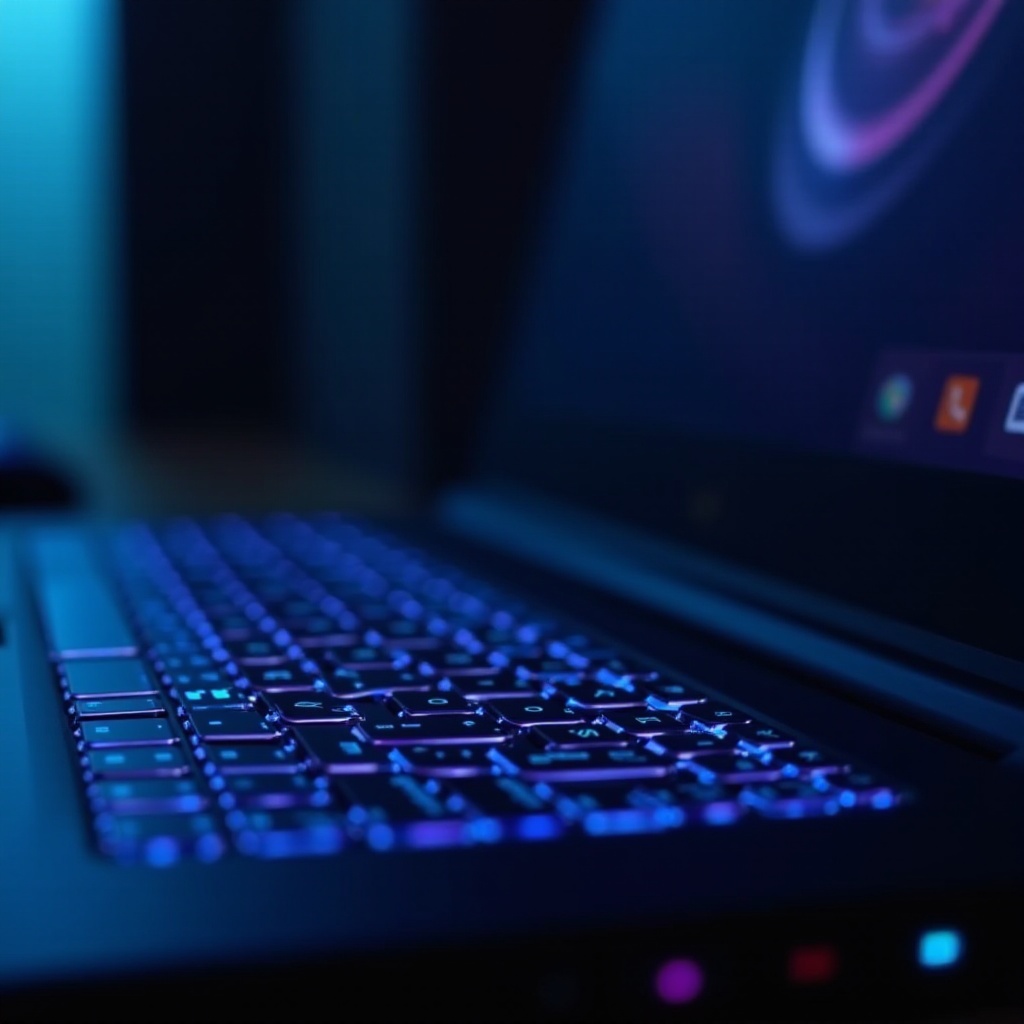Introduction
Overclocking a computer refers to the practice of increasing the clock rate of a computer’s CPU or GPU beyond the manufacturer’s specified limits. Many tech enthusiasts and gamers toy with this idea to squeeze out additional performance without buying new hardware. But should everyone overclock their computer? This comprehensive guide dives into the what, why, and how of overclocking, weighing the pros and cons to help you make an informed decision.

What is Overclocking?
Overclocking is the process of increasing the clock speed of your computer’s CPU or GPU to achieve higher performance. The clock speed, measured in GHz, determines how quickly a processor can execute instructions. Most processors come with a default clock speed set by the manufacturer, but some can handle speeds higher than their rated limits.
However, overclocking isn’t without risks. It pushes the hardware components beyond their standard operational limits, which can lead to increased heat generation and power consumption. Understanding the fundamentals of overclocking is essential before deciding to embark on this journey.
Pros of Overclocking Your Computer
- Enhanced Performance: Overclocking can boost your computer’s performance, making it run faster and handle more demanding applications or games with ease.
- Cost-Savings: By overclocking, you can delay or avoid buying new hardware, extending the life of your current system.
- Customizability: Overclocking allows for a tailored computing experience. You can adjust settings to meet your specific needs, whether it’s for gaming, video editing, or other intensive tasks.
- Satisfaction and Learning: For tech enthusiasts, overclocking is an exciting way to learn about computer components and push them to their limits.
Despite these compelling benefits, it’s important to consider the downsides before making a decision.
Cons of Overclocking Your Computer
- Heat Generation: Overclocking increases the heat output, which can result in overheating if not properly managed. This necessitates better cooling solutions.
- Stability Issues: Pushing your hardware beyond its limits can cause system instability, crashes, and data corruption.
- Warranty Void: Most manufacturers void the warranty if they detect that components have been overclocked.
- Power Consumption: Higher clock speeds often lead to increased power usage, which can be a concern for energy-conscious users.
- Component Lifespan: Overclocking can reduce the lifespan of your components due to the added stress from higher speeds and thermal loads.
Balancing these pros and cons requires a clear understanding of overclocking’s safety aspects.
Is Overclocking Safe?
Overclocking can be safe if done correctly. However, safety is contingent on proper hardware support, adequate cooling, and careful monitoring. Always use high-quality thermal paste and cooling solutions like better heatsinks or liquid cooling systems. Ensure that your power supply can handle the increased power draw. Use reliable software tools for monitoring temperatures and system stability.
Even with these measures, there’s always a risk involved. Proceed with caution and be prepared for possible setbacks.
Overclocking vs. Other Performance Enhancements
While overclocking is an effective method to boost performance, it’s not the only option. Upgrading hardware (like adding more RAM or switching to an SSD), optimizing software (cleaning up the OS and updating drivers), and practicing good maintenance (such as regular dusting and proper cable management) can also enhance your system’s performance.
Consider these alternatives before deciding if overclocking is the best route for you.

Tools and Software for Overclocking
Several tools and software can assist in the overclocking process:
- CPU-Z: Provides detailed information about your CPU and memory.
- Prime95: Stress-testing software to ensure stability.
- MSI Afterburner: Widely used for GPU overclocking and monitoring.
- HWMonitor: Monitors system temperatures, voltages, and fan speed.
- Intel XTU (Extreme Tuning Utility): Useful for Intel CPUs to monitor and overclock.
Using these tools can help you safely overclock by providing vital system information and stability testing.

Step-by-Step Overclocking Process
- Check Your Hardware: Ensure your CPU/GPU and motherboard support overclocking.
- Backup Data: Always back up your important data to prevent loss in case of system crashes.
- Enter BIOS/UEFI: Restart your computer and enter the BIOS/UEFI settings.
- Adjust Clock Speed: Manually increase the clock speed in small increments.
- Increase Voltage: If stable, slightly increase the voltage to maintain stability.
- Test Stability: Use stress-testing software like Prime95 to ensure the system is stable.
- Monitor Temperatures: Keep an eye on temperature readings to prevent overheating.
Remember, patience and caution are key during the overclocking process.
Should You Overclock? Decision Factors
When deciding whether to overclock, consider your specific use case, technical knowledge, hardware capability, and risk tolerance. Overclocking is not for everyone and should be done only if the performance gains justify the potential risks.
Conclusion
Overclocking can be a powerful tool to enhance your computer’s performance, but it comes with significant risks. Weigh the pros and cons carefully, ensure you have the right tools and knowledge, and proceed with caution. Only overclock if you are comfortable with the potential downsides and believe the performance boost is worth the effort.
Frequently Asked Questions
Can overclocking damage my computer?
Yes, overclocking can potentially damage your computer by causing overheating, instability, and reduced component lifespan if not done properly.
How much performance gain can I expect from overclocking?
The performance gain from overclocking can vary widely depending on the hardware and the extent of the overclock. It can be anywhere from 5% to 20% or more.
What are the best tools for monitoring my system while overclocking?
Some of the best tools for monitoring your system are HWMonitor for temperatures, MSI Afterburner for GPUs, and CPU-Z for detailed CPU information.

